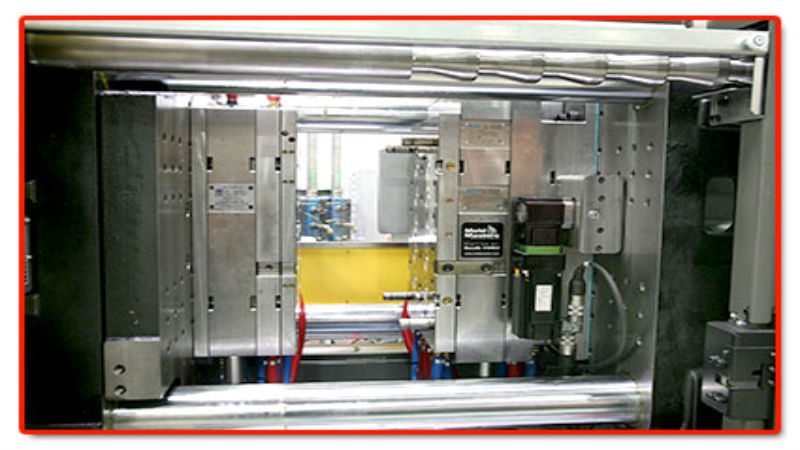Most people today have heard of Neoprene but they really have no idea what it is. Neoprene is a synthetic rubber but it has special properties which make it very popular and neoprene molding produces many different products we use today. So what is neoprene? Where did it come from and why is it so special? Let’s take a closer look and see.
What is Neoprene?
Neoprene is a synthetic rubber which is created from chloroprene. So what is chloroprene? Chloroprene is made from 1,3-diene and 2-chlorobuta. Through a three stage process (including chlorination) a monomer is produced. Monomers contain special molecules which easily bond to other molecules to form polymers. Polymers are chain-like combinations of molecules which give material rubber-like qualities.
By using special chemicals and materials, chloroprene is polymerized into polychloroprene. Dupont calls their polychloroprene, Neoprene.
Polychloroprene is a flexible and soft synthetic rubber. It is very durable and lasts much longer than standard rubber or many other materials.
Benefits of Polychloroprene
* No latex – many people today have latex allergies and for some this can be a serious situation. Polychloroprene contains no latex so there are no allergy concerns.
* Resistance to water – Neoprene and Neoprene molding is highly resistant to moisture. If you need a good water resistant material which is soft and stretchy, polychloroprene is an excellent choice. It is often used in materials for on the water and under the water like diving suits and wet suits.
* Elastic – Polychloroprene has the ability to stretch without losing its integrity. It is used in many form fitting applications.
* Outdoor ready – so many materials do not perform well in the out of doors. For example, rain, snow, cold, heat, ultraviolet light from the sun, dust, dirt, oxidation, ozone, and many other factors can create an enormous amount of wear and tear. Polychloroprene is resistant to all these conditions.
* Thermal resistance – besides its excellent elastic properties, the cellular structure of Neoprene makes it an excellent insulator. It is perfect for divers who wish to avoid problems with cold water (hypothermia).
* Shock absorbency – many cell phones and cameras today have special cases made from polychloroprene. This helps them avoid the shock of being dropped or treated roughly. It also makes very good elbow and knee pad products. For example, polychloroprene knee pads for roofers not only protect knees, but are highly resistant to weather.
* Floats – did you know Neoprene will float? Plus, it is a lightweight material.
* Chemical and petroleum resistant – if you work in an environment where contaminants like oil and chemicals are around, you need protective gear and gloves made from material like polychloroprene. In fact, Neoprene molding is used to make work shoe soles because of its toughness and chemical resistance.



